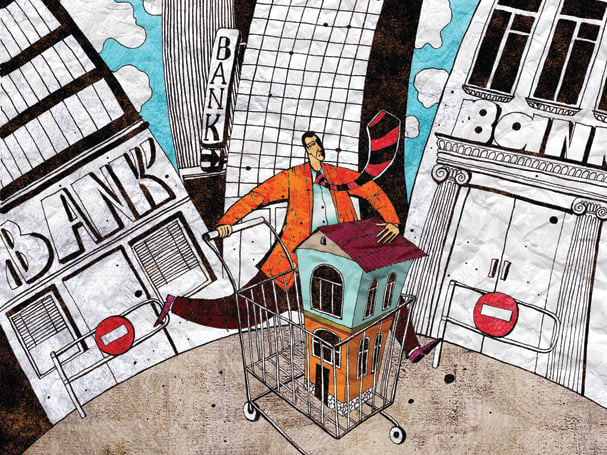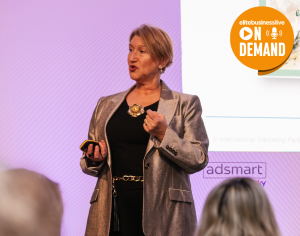Formally announced in late September, Vince Cable’s new lending initiative for enterprise – tentatively dubbed the British Business Bank – has dominated the business headlines of late. Faith in the big banks is at an all-time low and, given their failure to open the coffers to lend to struggling business, the time seems ripe for a new way of securing lending.
Increased lending to businesses isn’t something many would turn their noses up at. Indeed, injecting £1bn into industries that need it is a very laudable aim, especially given the importance of our manufacturing and export industries. Cable also asserts that it will be supported by an additional £1bn of private sector money and that the initiative, when fully up and running, will support lending of approximately £10bn.
But, unfortunately, the bank isn’t exactly just digging into its pockets and giving hand-outs directly to our impoverished start-ups. Instead, the funds are going through so-called ‘challenger’ banks – the Co-operative, Handelsbanken, Aldermore and their ilk. What’s more, seeing as this isn’t going to be live for at least 18 months, the more cynical among us could suggest this is Vince Cable’s stab at a legacy.
Against a backdrop of an economy of more than £1.5trillion, the amounts discussed may seem more of a trickle when we really need the business secretary to turn on the money hose. But is it at least a good start?
“Long term, it’s a positive development”
says Clive Lewis, Head of enterprise, ICAEW
We have to be cautious about expecting too much too soon. It’s not going to have an impact for a little while yet: it may be 18 months or two years until we see any real progress. But long term, it’s a positive development.
There’s a bit of a dichotomy about what’s been said regarding where the money will go and where the biggest gap is. All the emphasis I’ve seen has been on long-term funding. Yet the biggest problem at the moment is for start-ups and early-stage businesses that simply don’t have the track record. Maybe they don’t have much by way of assets and can’t give the bank confidence that they’re going to survive and grow and that the bank will get its money back. This is where the biggest gap is.
That gap is currently being filled with all kind of innovative solutions, including peer-to-peer lending and crowdfunding solutions, as well as companies offering working capital finance, particularly factoring and discounting over the web.
“It’s a bit of a drop in the ocean”
says Simon Dixon, founder of banktothefuture.com
I’m a supporter of what Vince has been doing. He’s got the right intentions, but I don’t think the Business Bank is going to have much of an impact. It’s a bit of a drop in the ocean – £10bn is little compared to the estimated bank lending market to SMEs, which is worth about £44bn.
Also, the scheme is an interesting injection, but is it still an incentive to force banks to engage in a business that they don’t want to be involved in? We’ve got this whole alternative sector that wants to lend to small business, so I think we should stop trying to make the banks do things they don’t want to do.
Having said that, the money does need to be redistributed. If the property market is stimulated again, then property becomes unaffordable. If the credit markets open again to consumers, all we’re doing is stimulating over-indebtedness. But businesses can use that money to create growth. It’s the only true form of economic growth you can have.
Share via:








































